Mellow NF Sunrise Review: Accurate and Lightweight
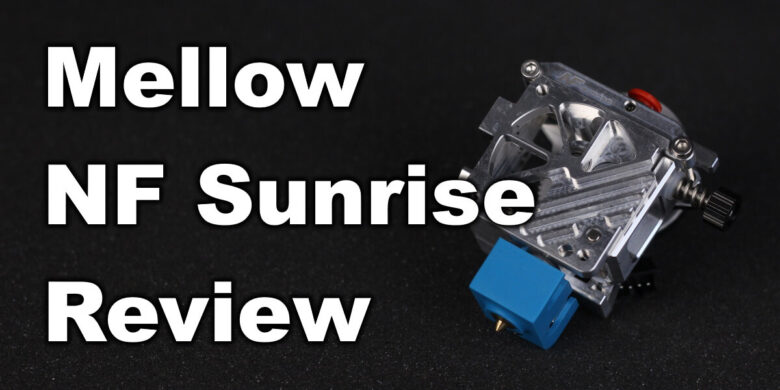
The Mellow NF Sunrise was one of the extruders I was planning to test for a while now. And I finally managed to get my hands on a review sample sent by Mellow Store on AliExpress. This is one of the most compact and lightweight all-in-one direct drive extruders out there, so let’s put it to the test, and see how well it performs.
Packaging
The Mellow NF Sunrise extruder comes in a carboard box with some foam packaging on the sides. Inside the package, we get the extruder, and all the required components to put it together and have it ready for printing.
My sample came with a V6 heatblock, but you can easily upgrade to a Volcano heat block for faster printing.
Mellow NF Sunrise Extruder Design and Features
The Mellow NF Sunrise extruder uses a pair of Bondtech gears put in motion by a 36mm pancake stepper motor, similar to what you would get on a Sherpa Mini. But the main benefit of the NF Sunrise extruder is the all-metal design which allows the extruder to also act as a heatsink.
The first version of the Mellow NF Surise had an issue with the alignment of the filament path and the gears, but this issue was fixed now.
The NF Sunrise extruder has dedicated mounting holes in the back, making it compatible with Creality machines that use the generic Creality hotend (ex: Ender 3).
We get the LDO-36STH20-1004AHG(MLW) 36mm pancake stepper motor which can handle higher voltage without overheating. I also like that the stepper motor comes with a detachable cable which is handy when doing wire management of your printer.
It’s also worth mentioning that the NF Sunrise has a metallic lever which helps with loading filament. When raising the lever, the idler gear is pushed against the spring allowing the filament to get inserted in the extruder. When done, you just close the lever and start printing.
Mellow NF Sunrise Extruder on Ender 6
The NF Sunrise extruder has dedicated mounting holes in the back, making it compatible with most of the Creality machines. You can easily attach it to an Ender 3, and use the fan duct from Mellow, but that doesn’t work on the Ender 6.
As you can see, you can attach it to the stock Ender 6 carriage, but the aforementioned part cooling duct and fan combo doesn’t work without some alterations. Because my 3D design skills are not that great, I was forced to give it a go without a part cooling fan.
If you plan to print ABS or other high-temperature filaments, this won’t be an issue, because you won’t be using a part cooling fan anyway.
Benefits of using the Mellow NF Sunrise Extruder
All-in-One Design
Having the extruder body act as a heatsink for the heat break is one of the most attractive features of the NF Sunrise extruder because it eliminates the need of attaching it to a dedicated hotend assembly. This makes the extruder more compact and shortens the filament path.
Low weight
In the stock configuration, the NF Sunrise extruder weighs about 220 grams which is really good for fast printing. It’s important to have lower moving mass to minimize ringing at higher speeds.
Short filament path
Another important feature of the Mellow NF Sunrise is the short filament path. Having a short filament path helps with printing flexible filaments. The filament doesn’t have a lot of room to compress, which translates to better filament control.
With a well-tuned Linear Advance / Pressure Advance, you can even get rid of retraction movements when printing fast. On regular speeds, you can use a value of 0.2mm to 0.4mm with good results.
As you can see in my video below, I was able to print PolyFlex TPU-95 at 150mm/s with ease which is quite an achievement for flexible filament. Please keep in mind that I was not using a part cooling fan and no tuning has been made to the printer.
Drawbacks of using the Mellow NF Sunrise Extruder
Hard to attach a part cooling fan
The low weight and compact nature of the Mellow NF Sunrise extruder also comes with a drawback, and that’s part cooling. Because of its design, attaching a part cooling fan is harder. At the time of writing this article, there were just a few part cooling fan mounts available for it but hopefully we will find others in the future.
The best part cooling solution I found was made by dmason1992 for the RatRig V-Core 3, and it’s based on the popular EVA2 printhead.
Mellow NF Sunrise vs BIQU H2 vs E3D Hemera
I have a bunch of extruders at hand, and I thought it would be a nice comparison to be able to see the size difference between a couple other popular direct drive extruders.
As you can see, the NF Sunrise sits between the BIQU H2 and the E3D Hemera when it comes to overall size. Unfortunately, the NF Sunrise is the worst when it comes to part cooling compatibility. The H2 and the Hemera can be fitted with part cooling fan easily because of their squared shape.
I might do a direct extruder comparison between the three when I get the BIQU Hermit Crab.
Conclusions: Is the Mellow NF Sunrise worth it?
The NF Sunrise is not a cheap extruder, and it’s in the same price range with other high-performance extruders available on the market so I think it’s only fair to do a small comparison.
When it comes to printing performance, it’s one of the best you can get right now, because of its low weight, short filament path and integrated heatsink. The filament loading lever is a nice addition that I hope to see implemented in other extruders in the future.
The BIQU H2 offers similar features, but it comes with a PTFE lined heat break and you need to purchase a bi-metal heat break separately if you plan to use it with high temperature materials. With the E3D Hemera, you get an all-metal heat break but the extruder is bulky and heavier compared to the other two.
On the other hand, these extruders come with better mounting solutions for part cooling which is important on filaments like PLA, TPU and even PETG.
I would recommend purchasing the Mellow NF Sunrise if you plan to use it with high temperature materials which don’t require part cooling or if you have the skills necessary for designing one for yourself. But if you lack the skills and you can’t find an already available part cooling solution, I recommend buying a different extruder.
The Mellow NF Sunrise performs great with any kind of filament, but attaching a part cooling fan could be troublesome for some printers.Mellow NF Sunrise Rating
Design
Performance
Ease of use
Price
Where to buy the Mellow NF Sunrise?
The Mellow NF Sunrise can be purchased from the following websites:
The NF Sunrise extruder was provided free of charge by Mellow for the purpose of this review. While the article includes affiliate links, all opinions are my own. Nobody reviewed the article before it was posted, following the Review Guidelines.
Liked it?
|
|

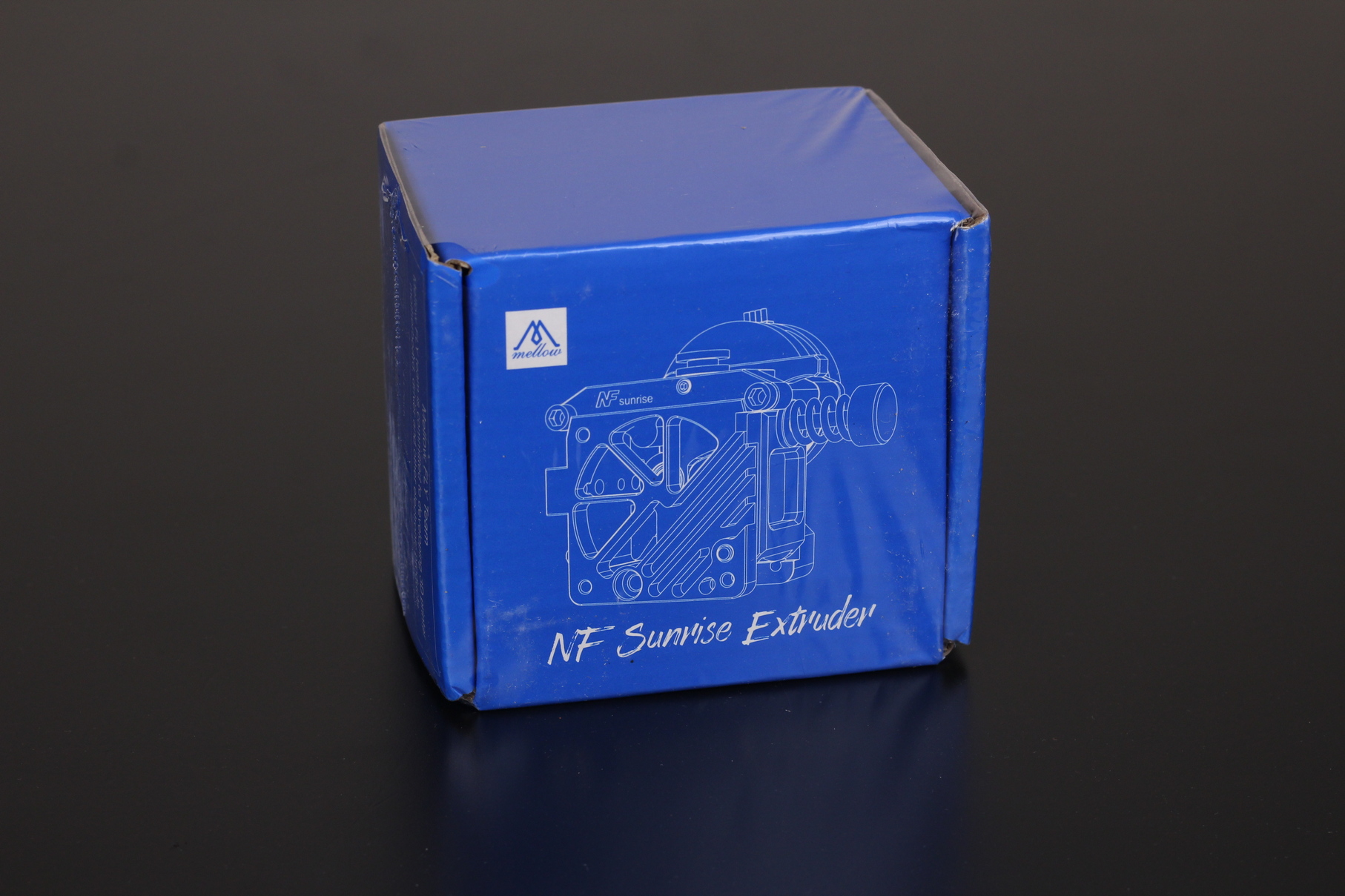
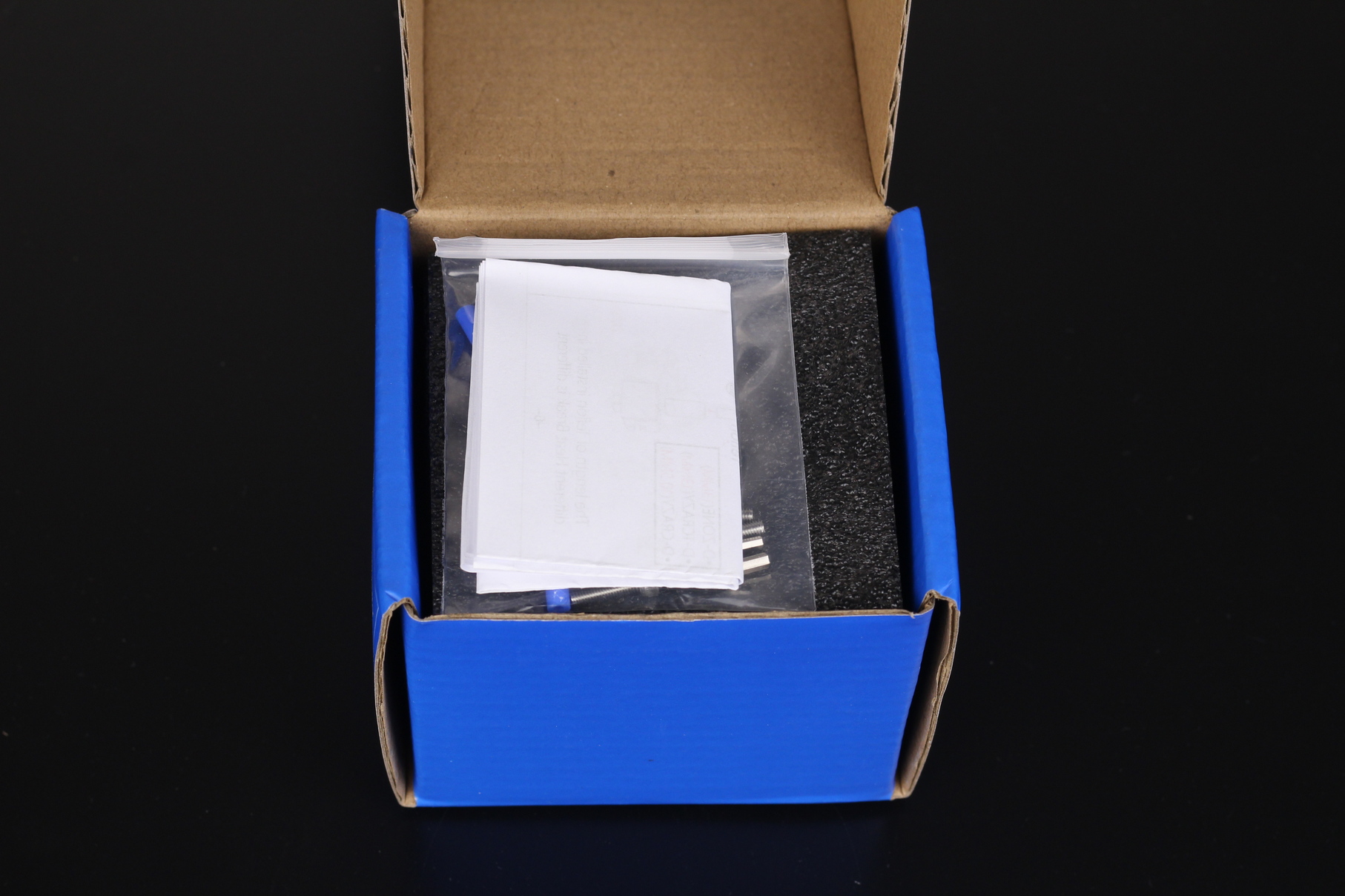
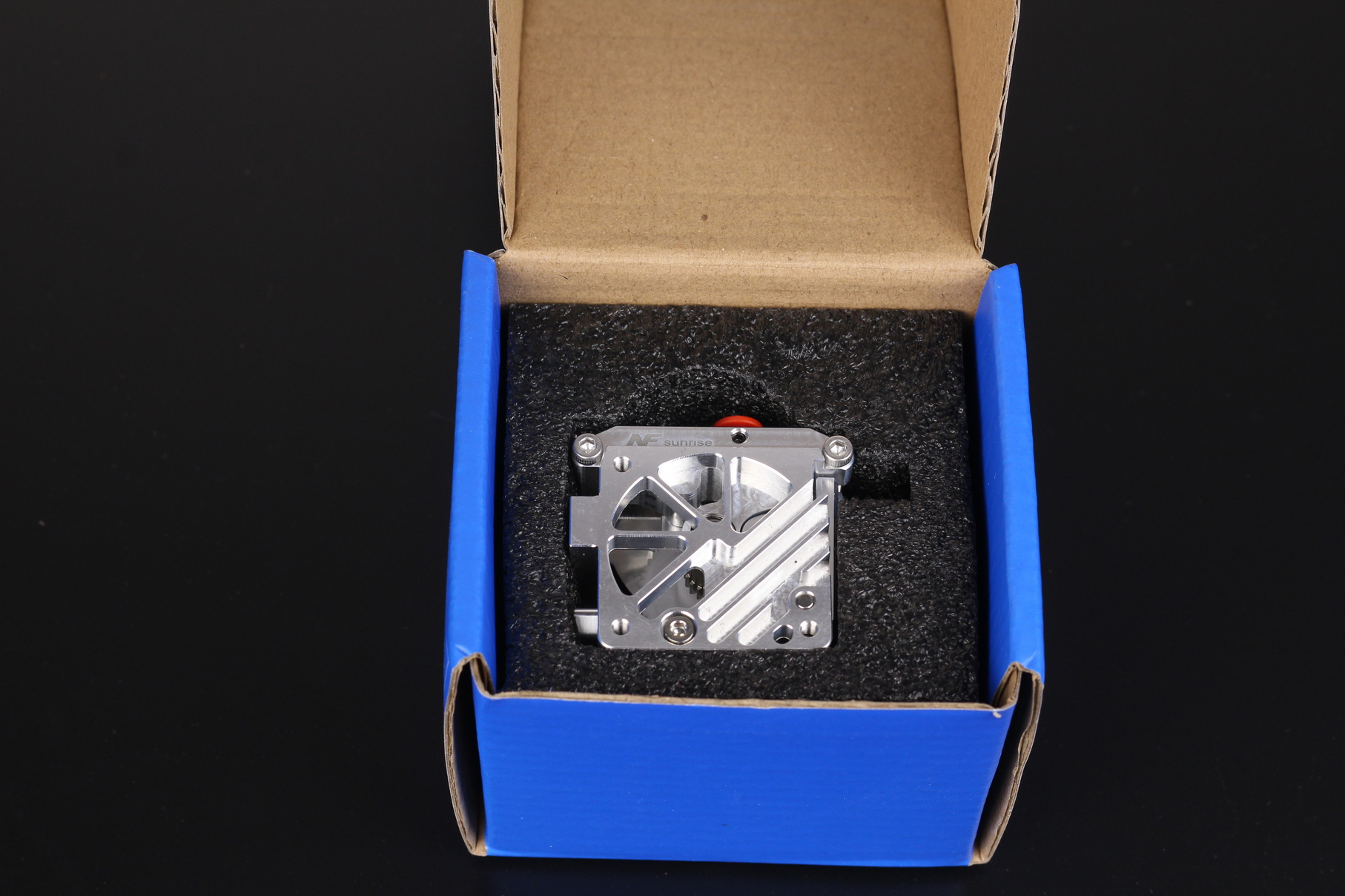
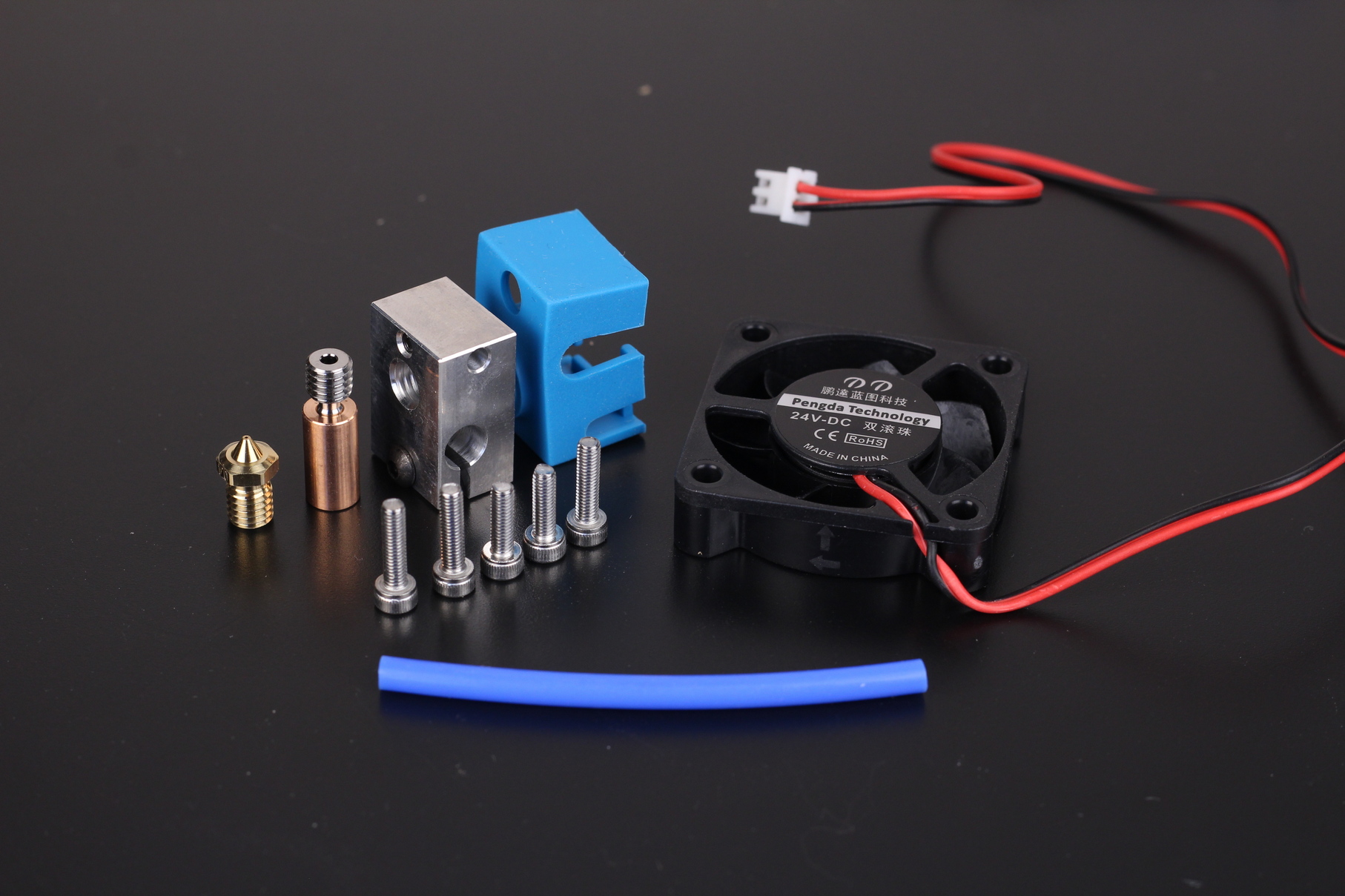
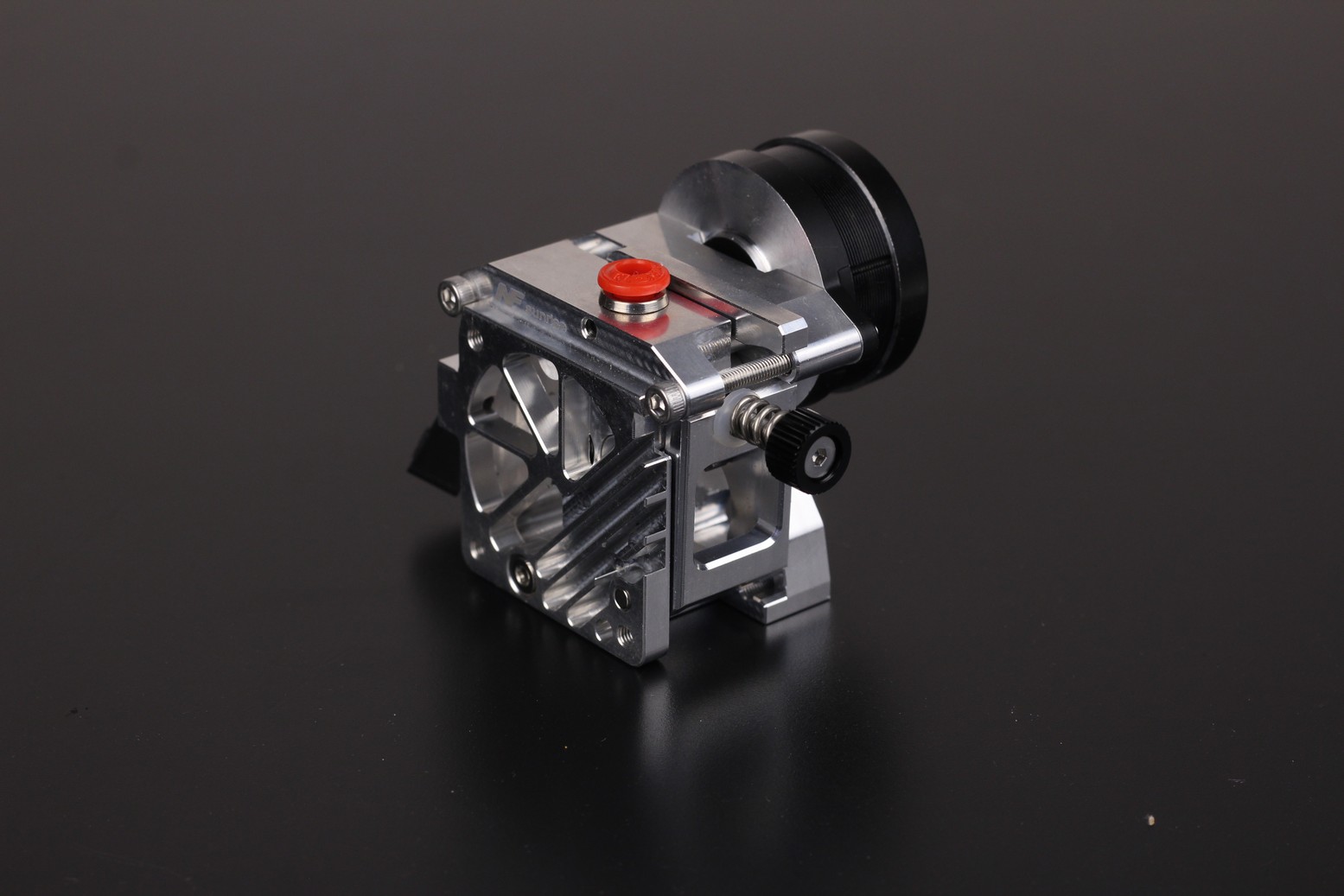
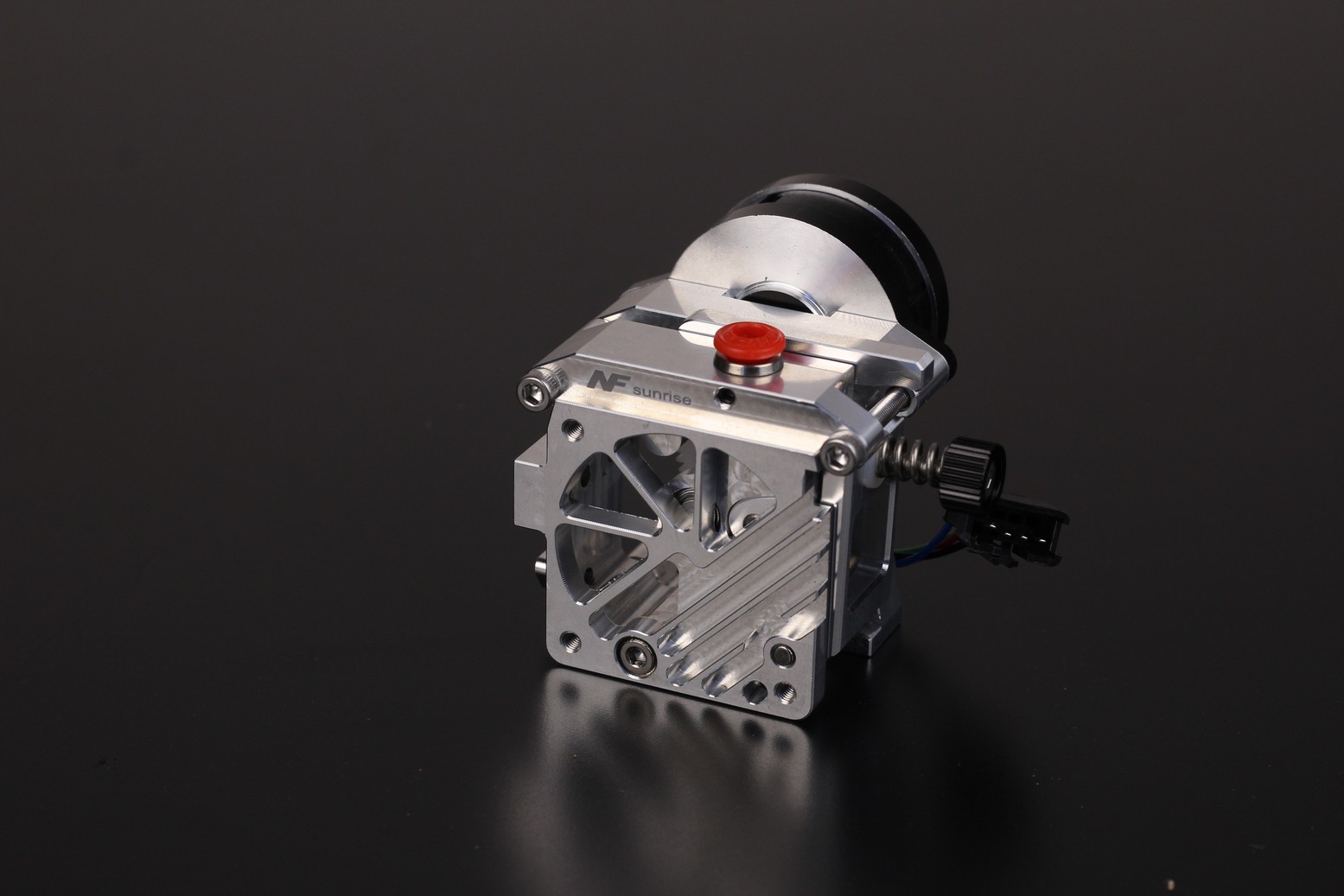
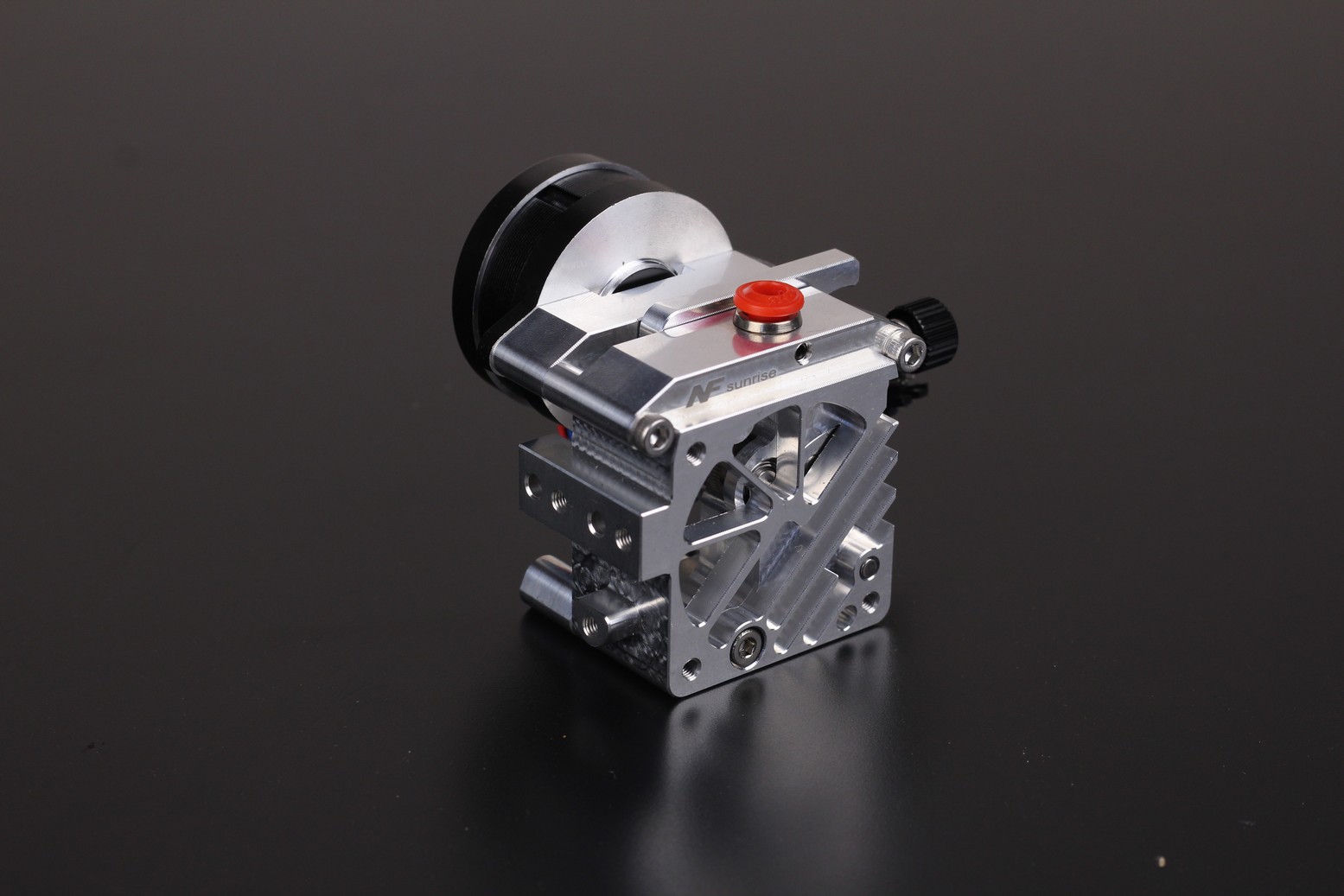
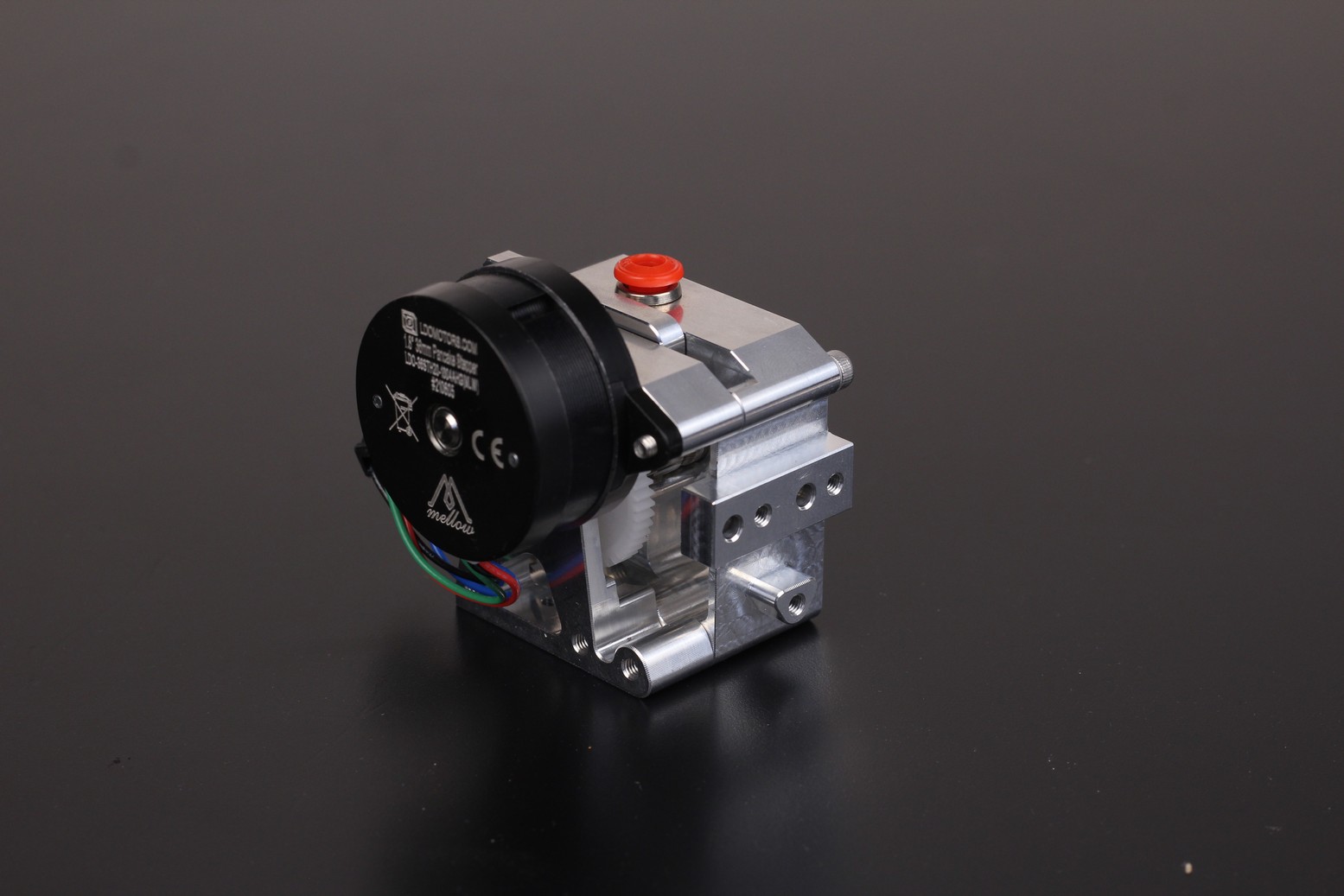
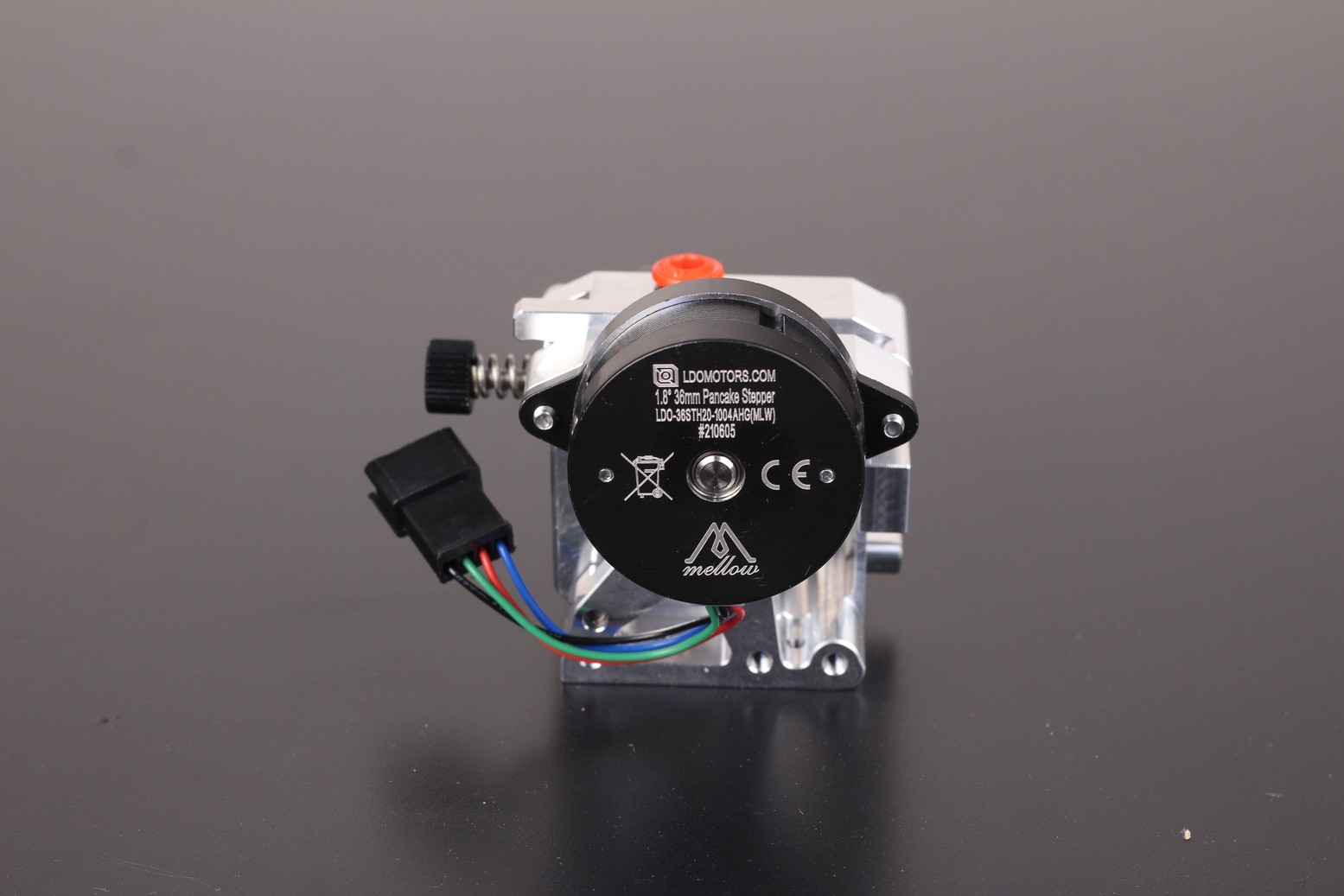
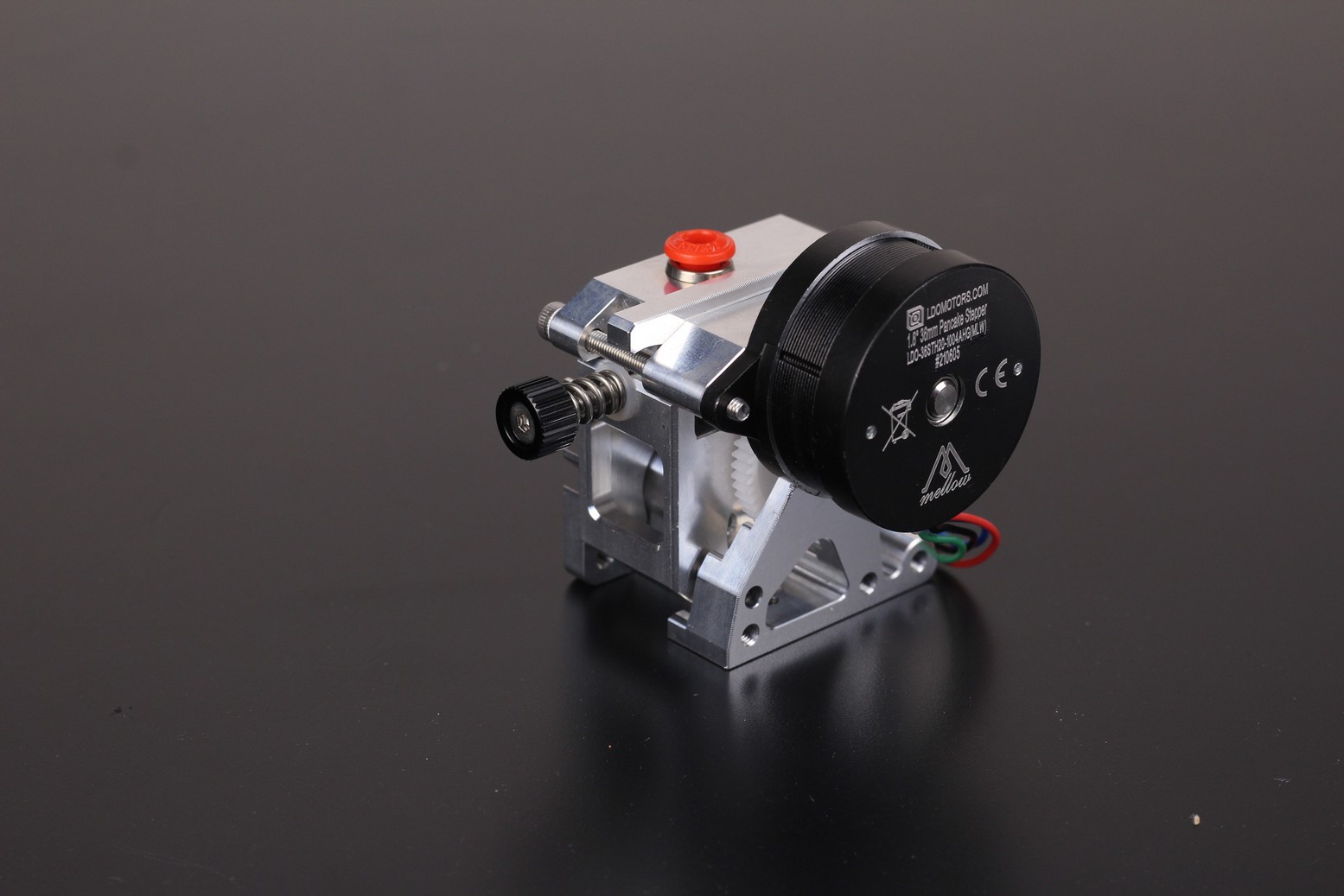
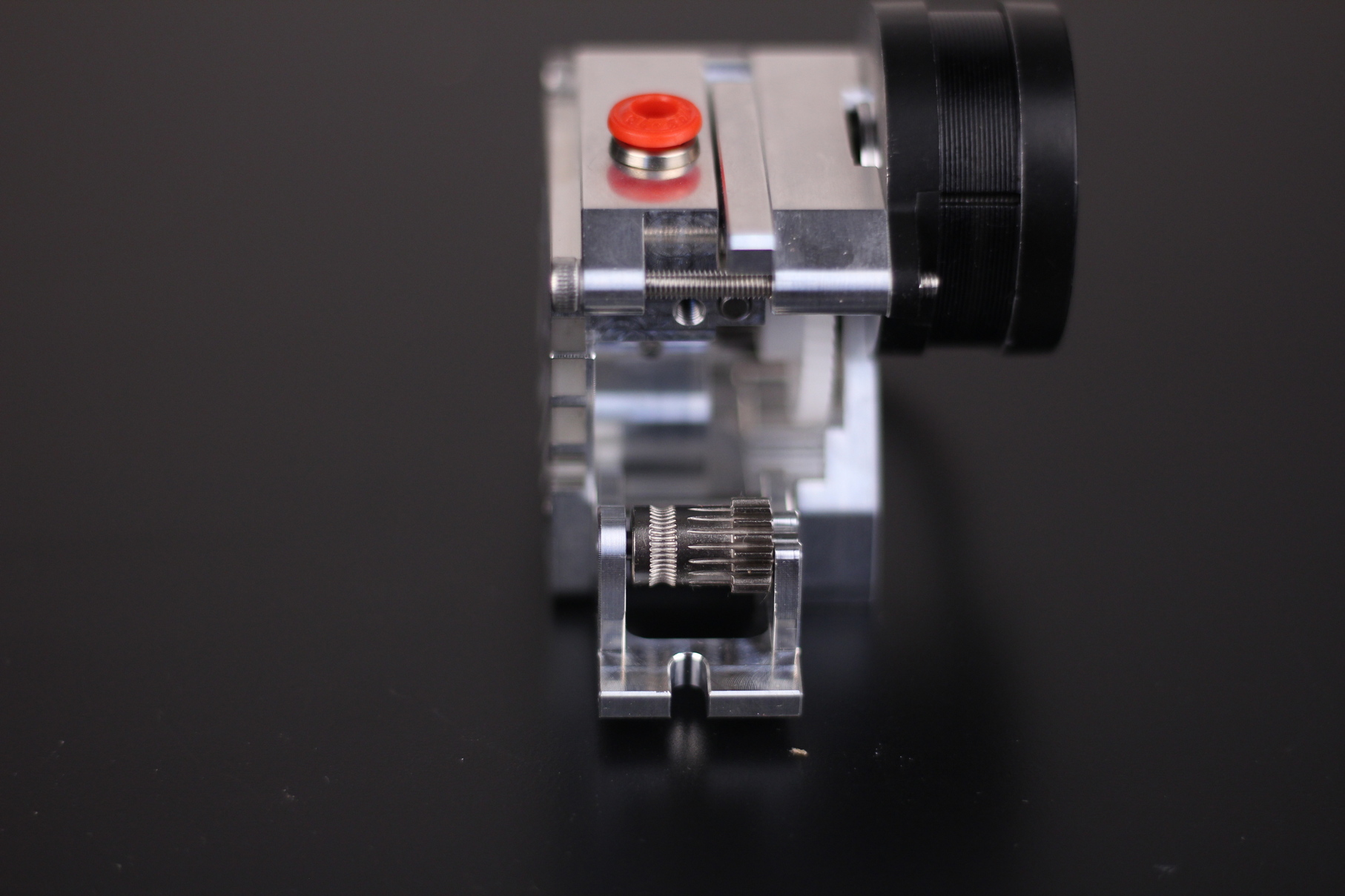
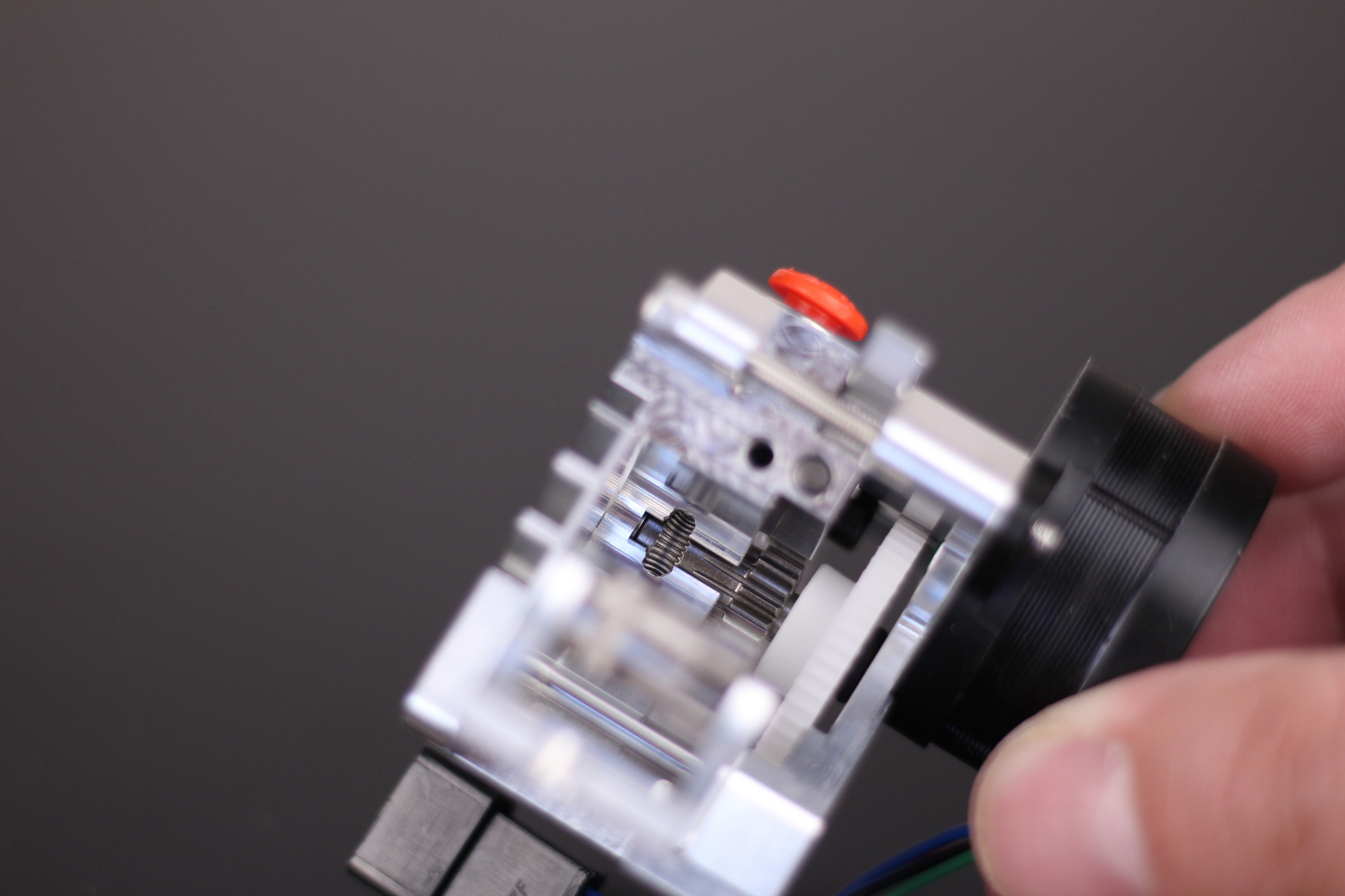
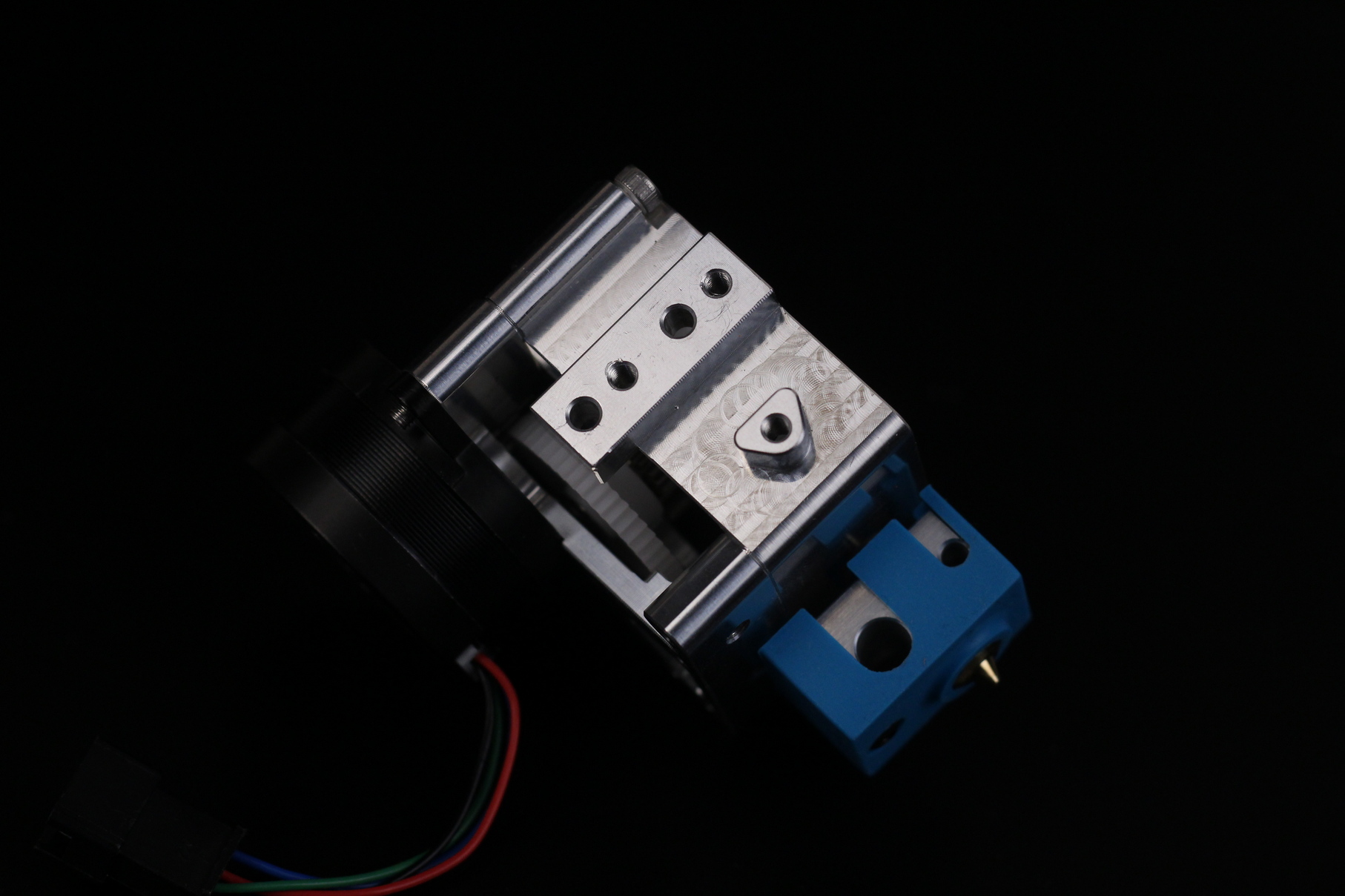
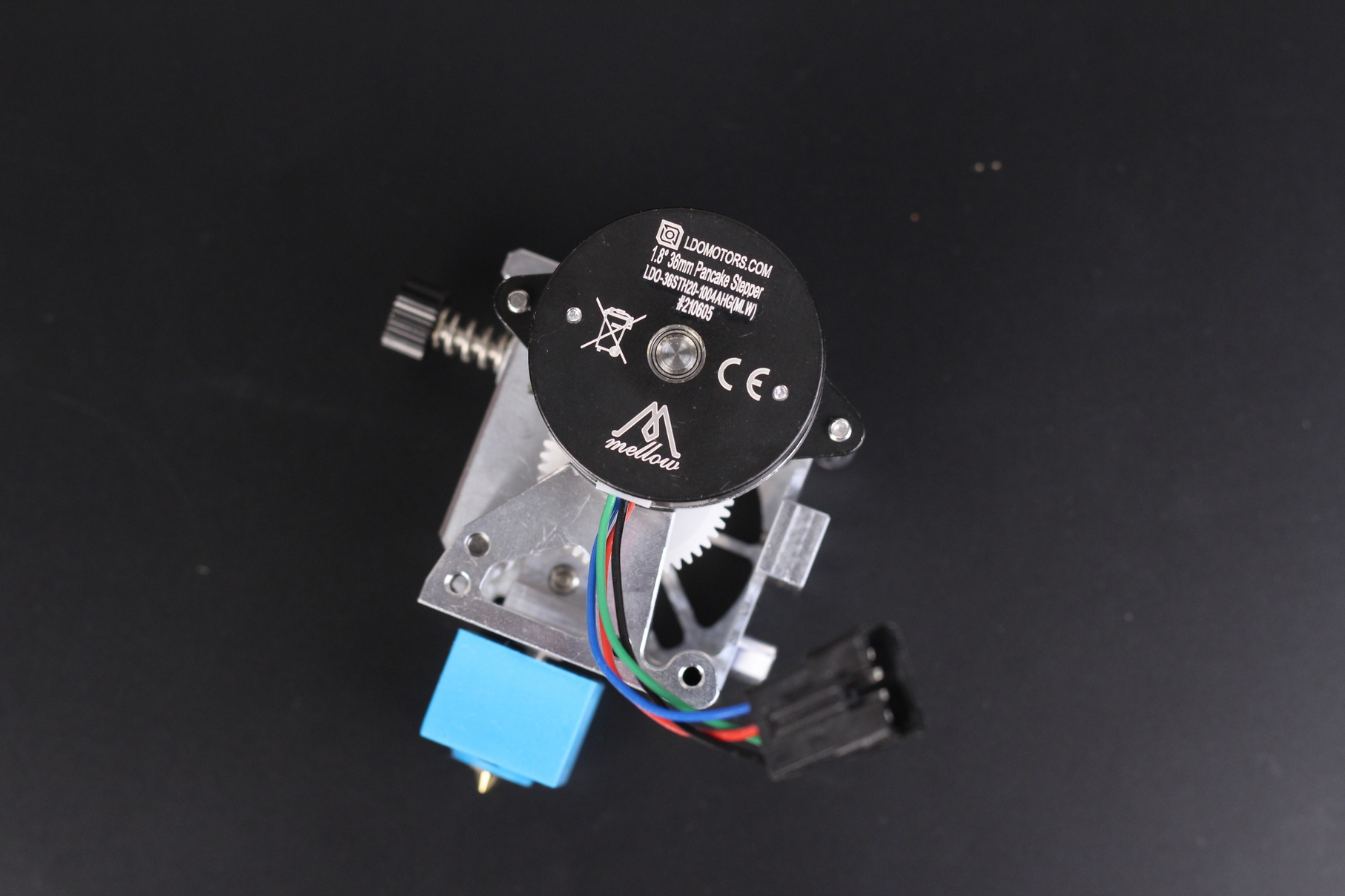
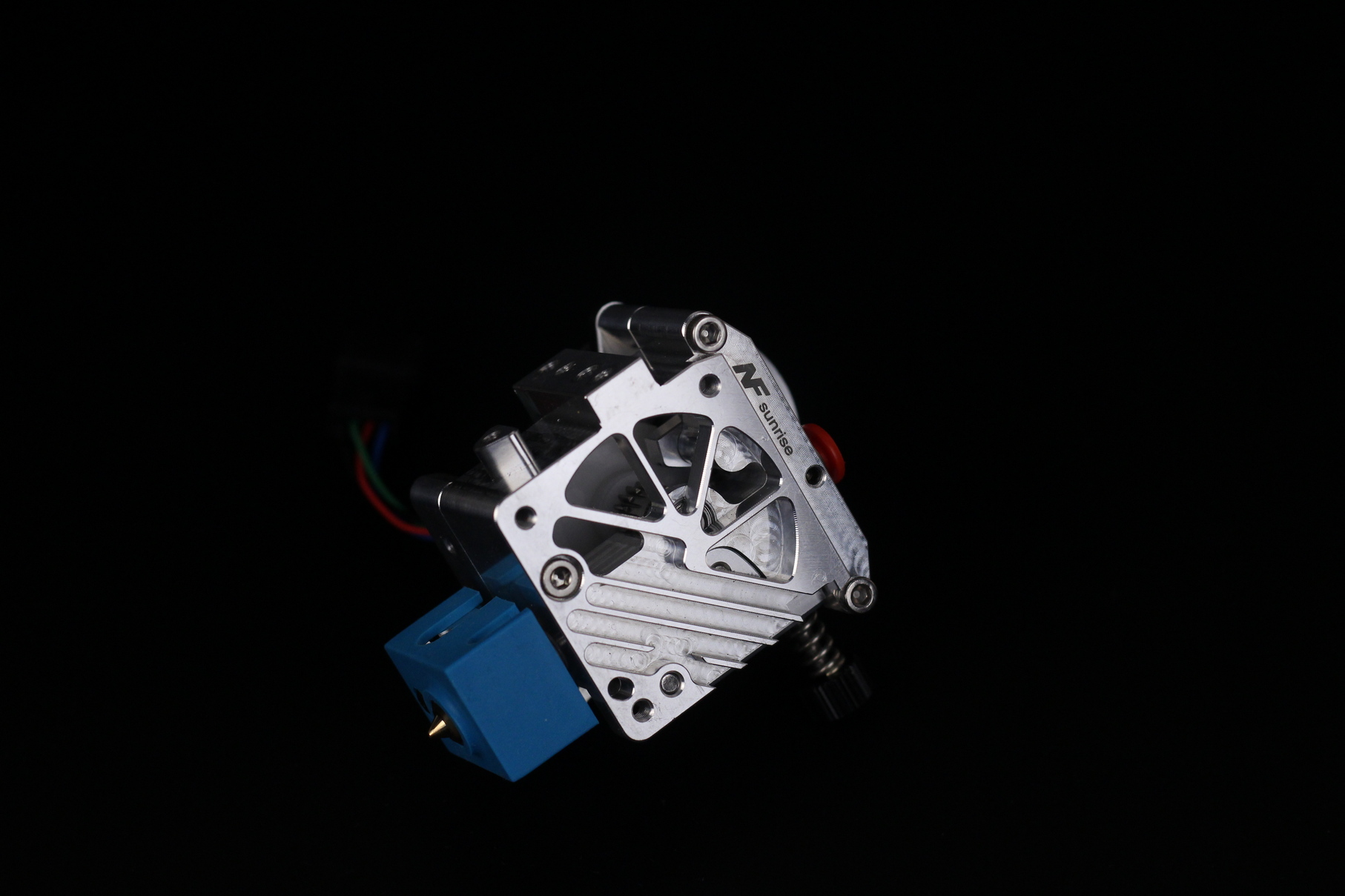
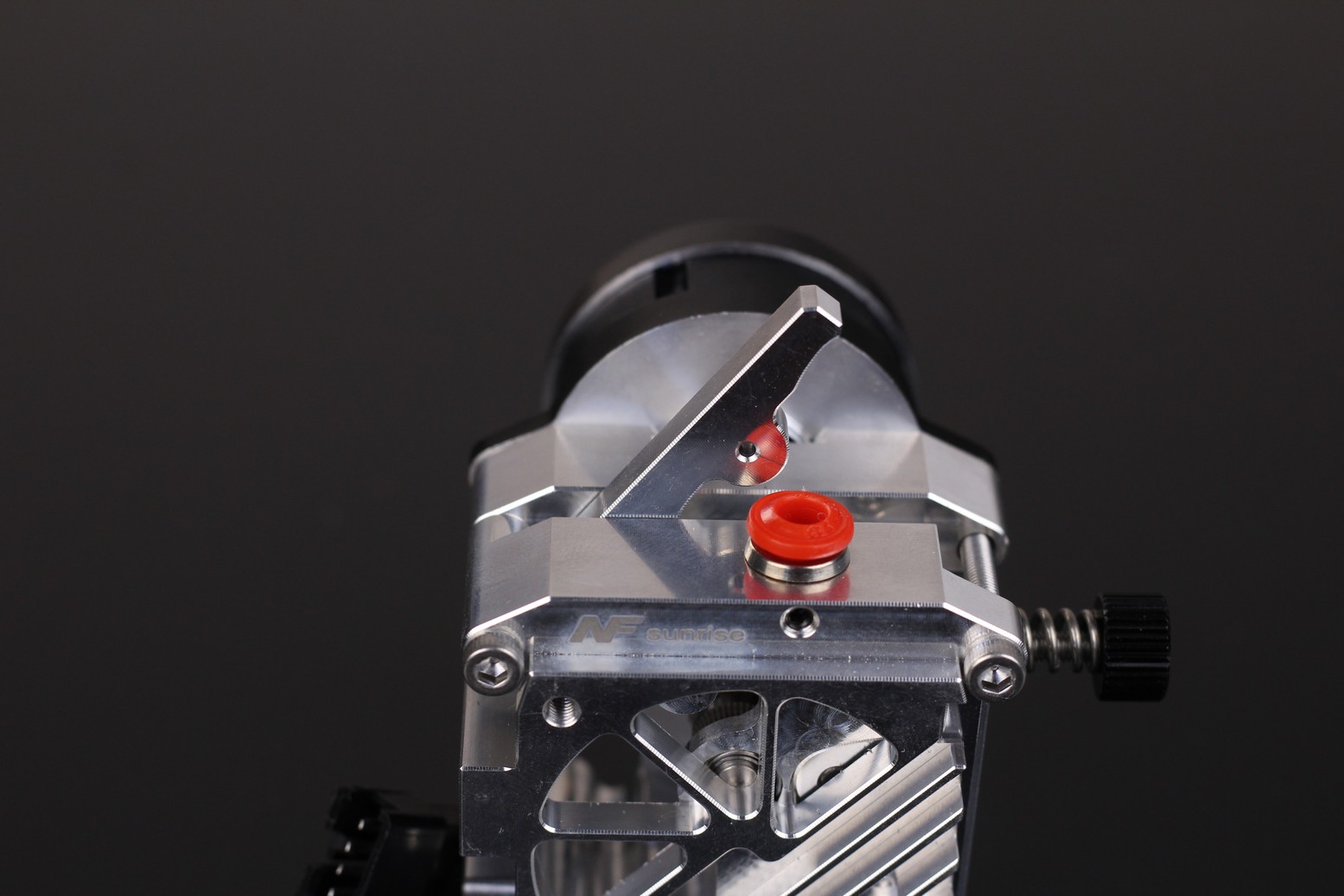
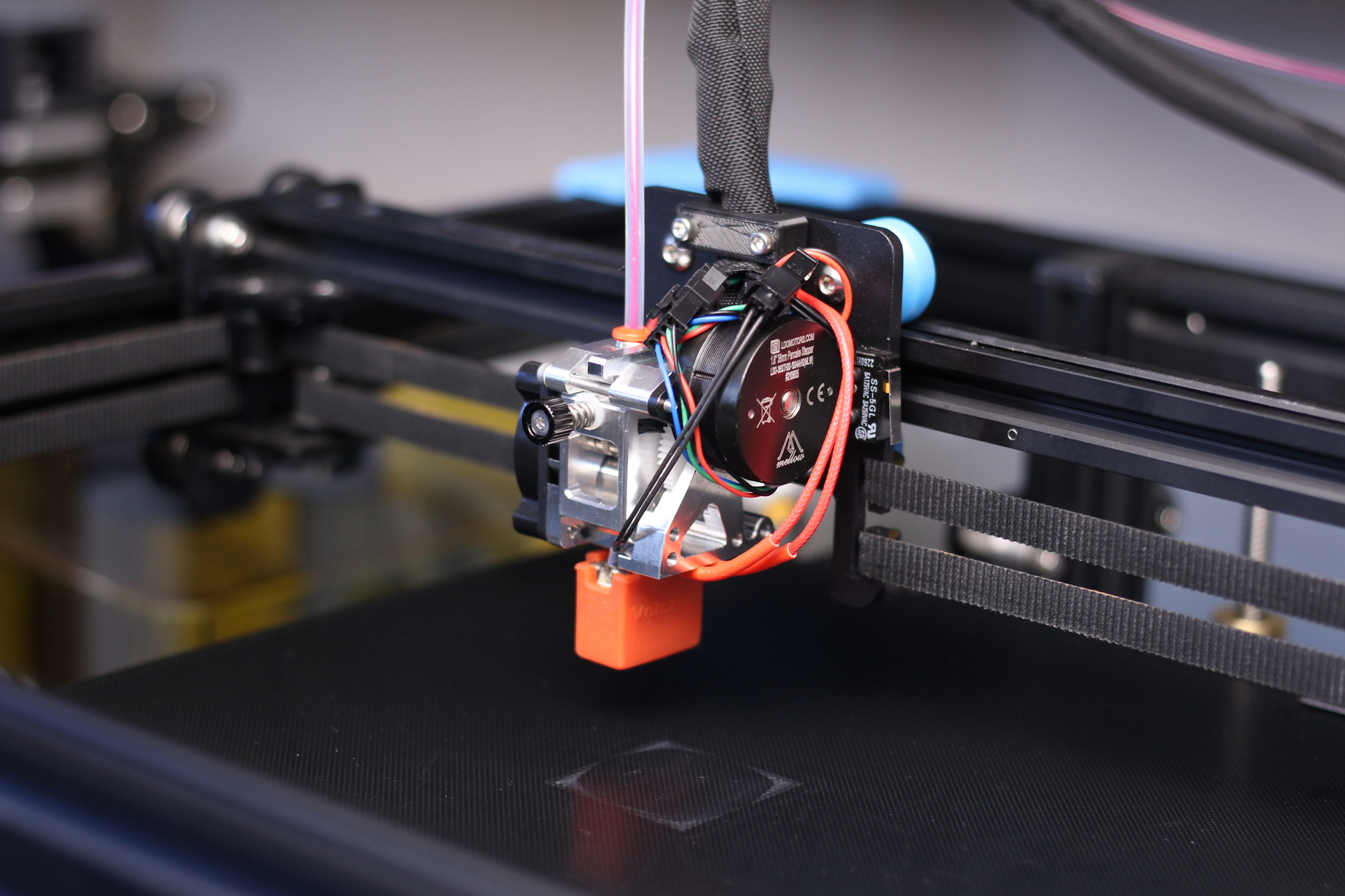

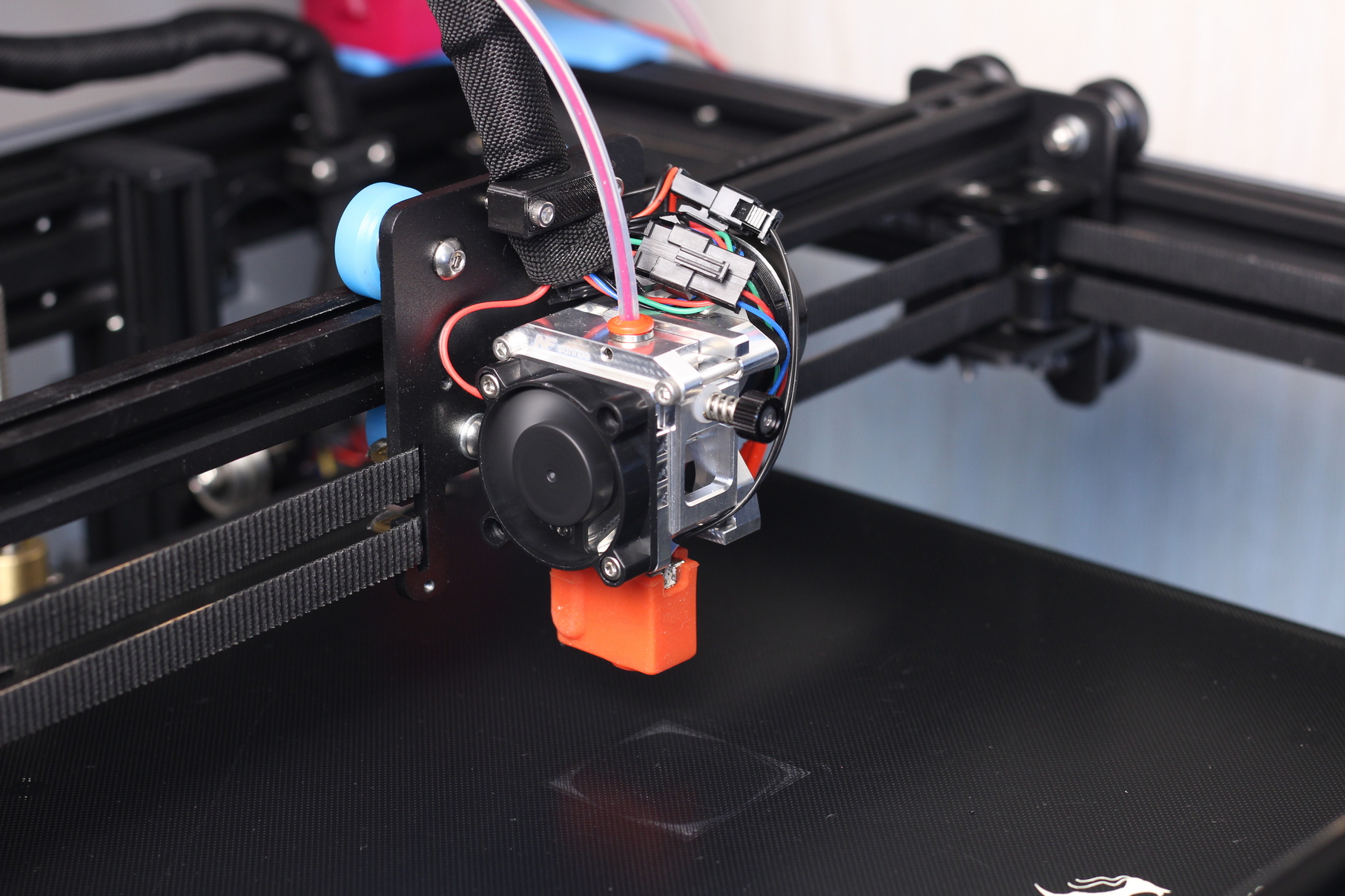

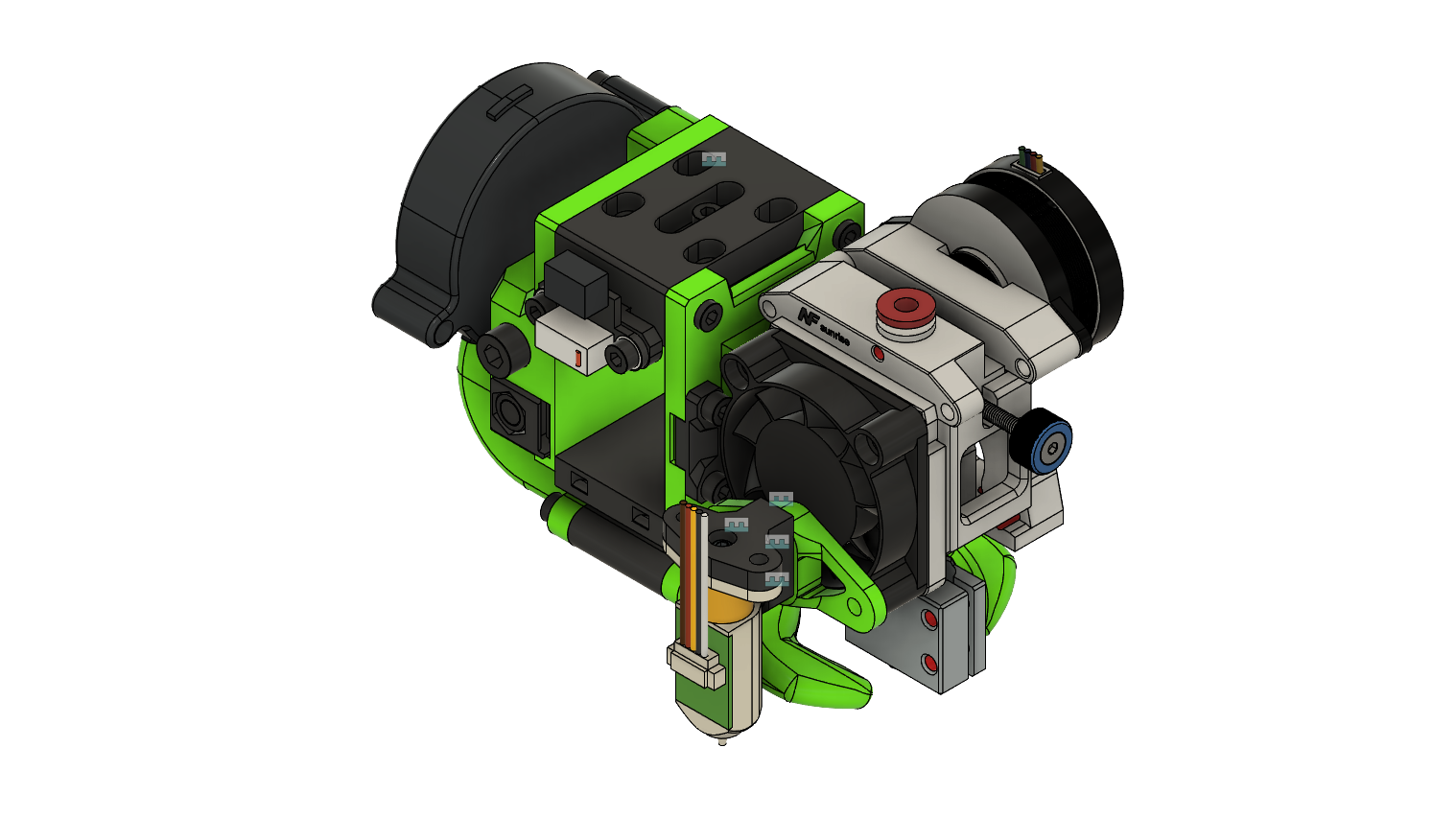
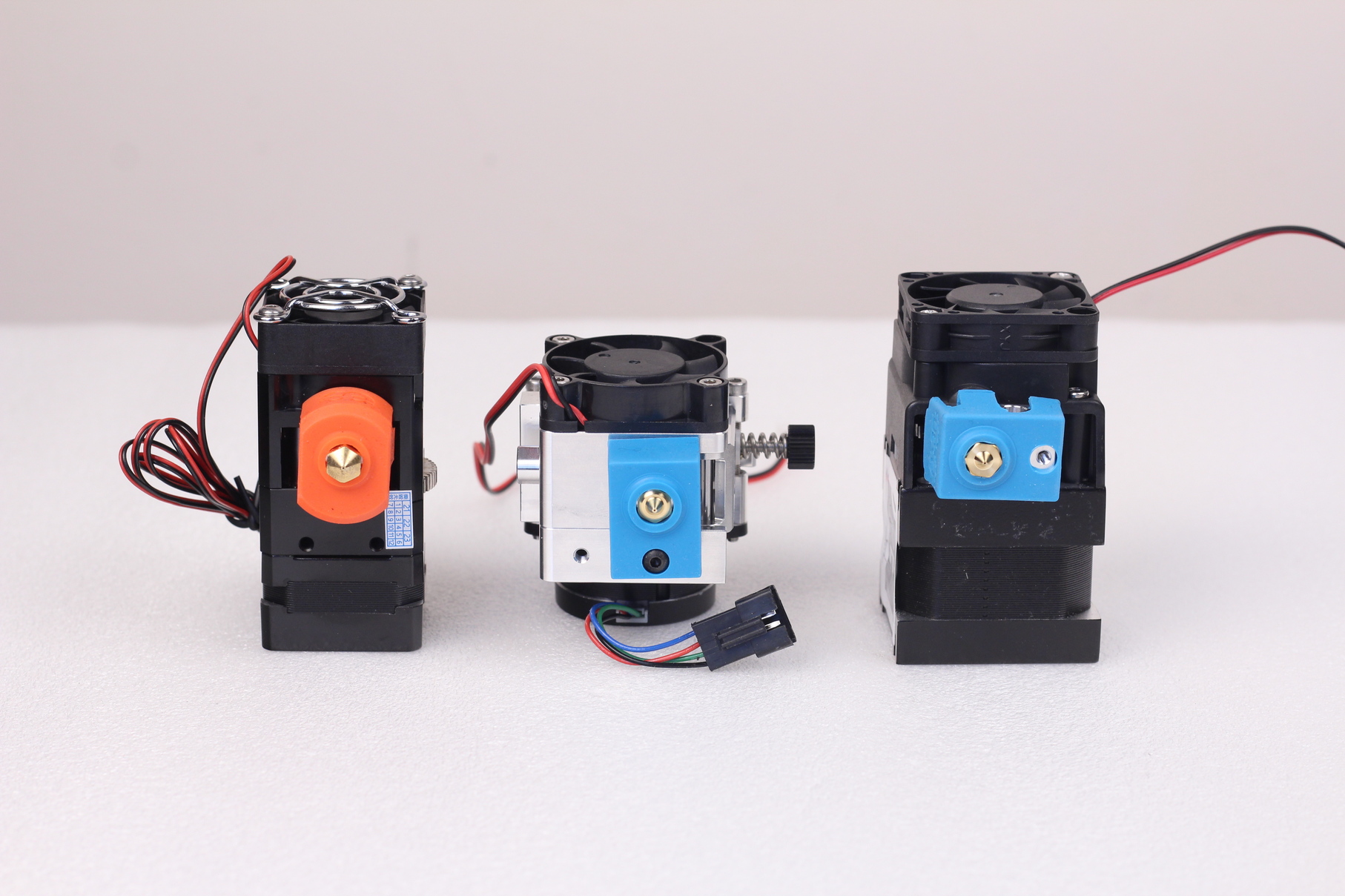
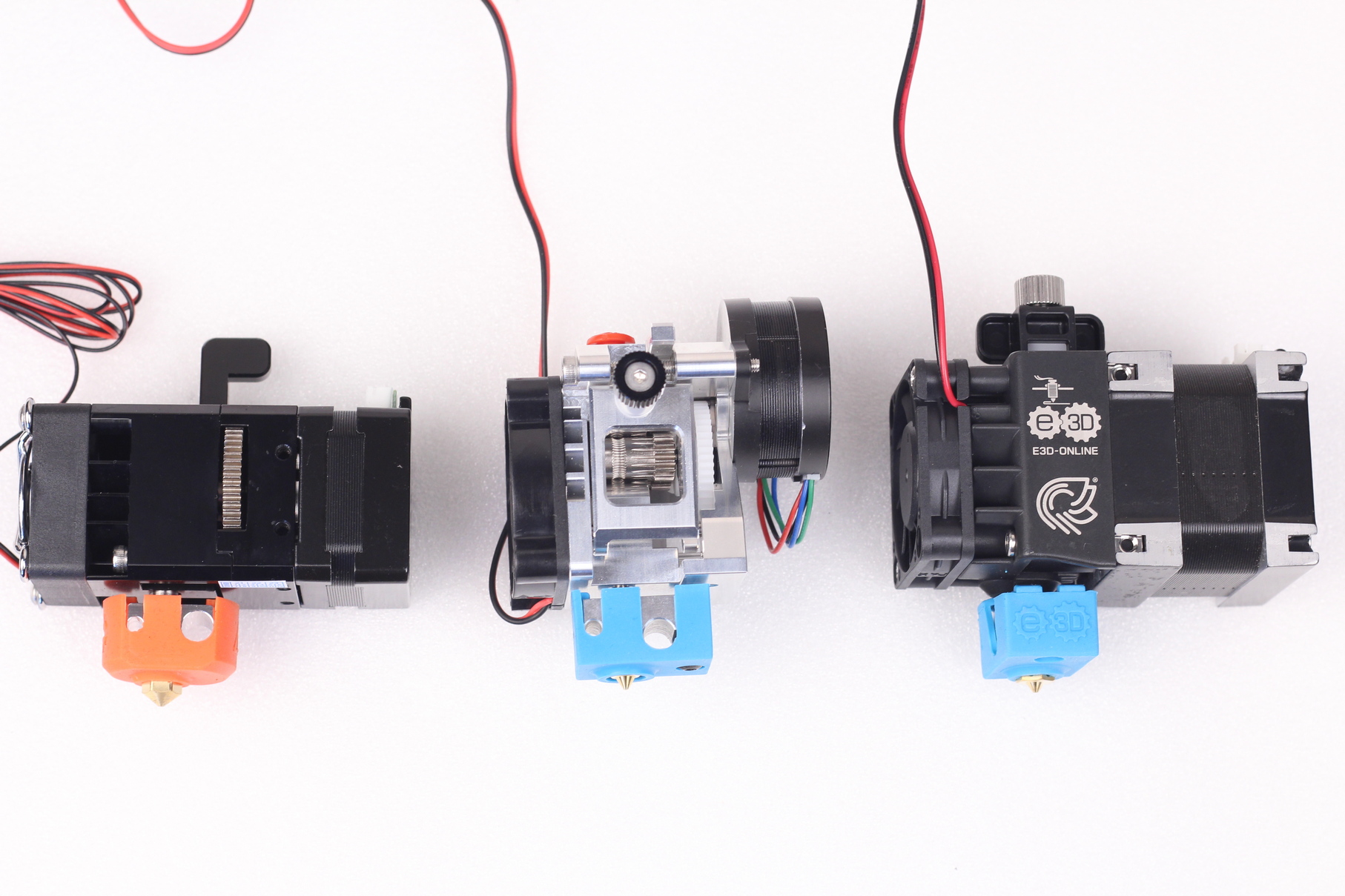
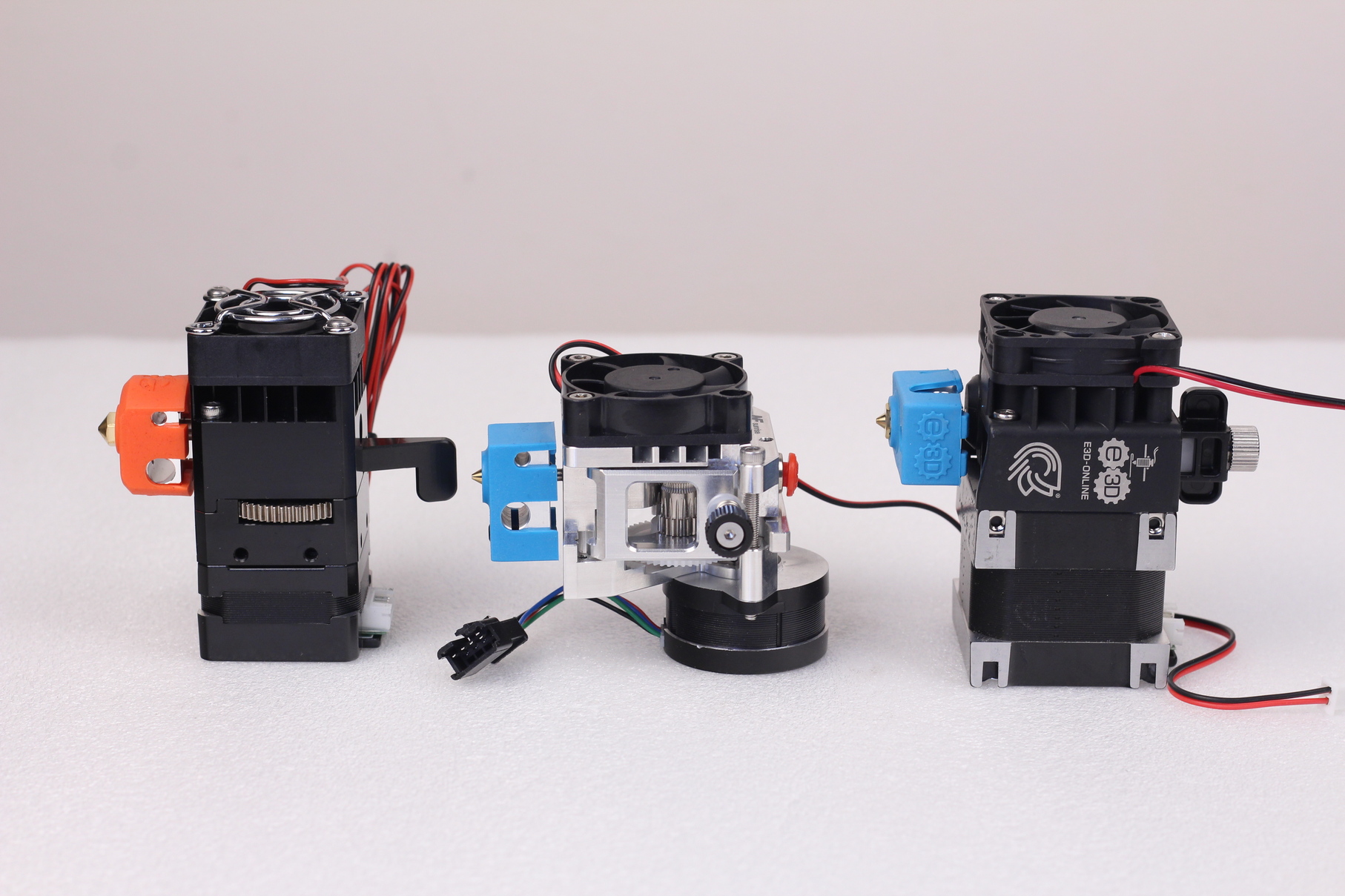
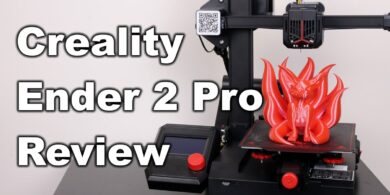
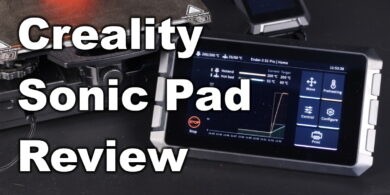


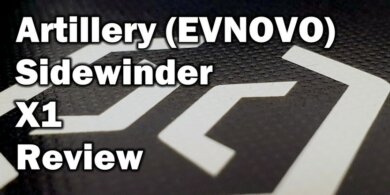
Hello and thank you for the short summary, I can only report positively and have developed a fan duct that can also be used for the Ender 5 and 5 Plus on other devices without great travel restrictions. I have also built in a BL-Touch to create a complete concept in combination with linear guides for a really powerful extruder with Volcano Heatbock.
Great Review thank you so much. Would you mind sharing the settings you used for accelerations/feedrate/jerk/steps? I have one on order now ;^> TIA
hi!! have you configure it?? can you share the config?thanks
Hi, Nice review. I would like to buy this for my ender 3, but one thing I can’t find. Do you know the maximum print temperature this extruder can handle? If I’m guessing 300 degrees C. I’m curious if you replace the thermistor and heater card-ridge that comes with the extruder, if you can print even above 300 C.
That’s correct
This file might work reasonably well for cooling on your ender 6 (that is what you had it mounted on right?)
https://www.thingiverse.com/thing:4899201
seems rather agnostic towards the extruder. Should work fine. Think I may alter the design to attach to my printer’s backplate.
Also I think some of the fans for the bmg wind might work such as this one as it only attaches to the hotend fan https://www.thingiverse.com/thing:4290336. Not sure if it would interfere with filament loading or not.
looks like mellow released an official fan mount which people have modified:
https://www.thingiverse.com/thing:4943979
I tried that but it doesn’t fit the Ender 5
tell you what, i use the biqu h2 lite and as great as it is, it takes up quite a fair amount of x travel so its easy to get to the left side of the printer but not the right, an extruder setup like this would have been way better because of how skinny it is, i wish i had seen this before going with the biqu solution granted i am lighter by 23 grams or so